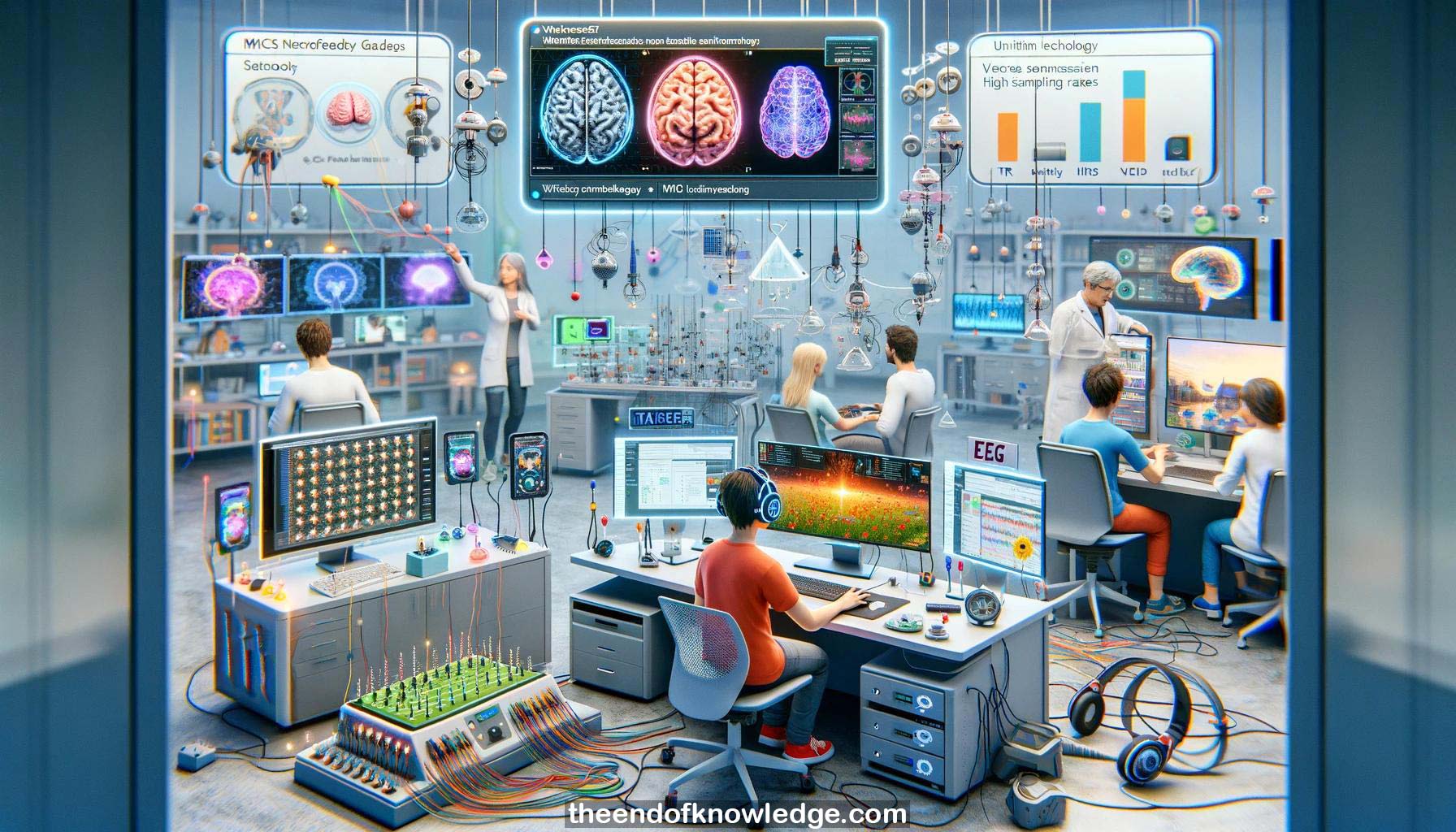 >
>
Concept Graph & Resume using Claude 3 Opus | Chat GPT4 | Llama 3:
Resume:
1.- Over 78,000 attendees joined Spring School, with 118 countries represented. The peak lecture had 17,867 attendees.
2.- Michele Romani from G-Tech presented on integrating BCI technology into games using the Unity environment.
3.- Deep learning models like CNNs outperformed classical machine learning for decoding EEG motor imagery data.
4.- Slobodan Tanackovic and colleagues demonstrated TMS-EEG experiments comparing active and passive electrodes.
5.- For TMS-EEG, the EEG device needs high sampling rates, at least 5-10 kHz. TMS artifact removal is crucial.
6.- Jack Low from Singapore discussed recording microECoG signals to capture layer 1 neuron activity for BMIs.
7.- Layer 1 neurons convey integrated top-down information. MicroECoG enables single-unit resolution over large cortical areas.
8.- Rainer Scherer from Essex University presented an overview of their BCI research on improving usability.
9.- Online co-adaptive training improved first-time BCI performance. Mental task selection is crucial for good accuracies.
10.- BCI-VR was used to visualize brain networks in real-time. Angular gyrus showed consistent changes in pilots.
11.- Firas Kassem-Moussa demonstrated projects integrating neurotechnology, AI and VR for architecture and design.
12.- EEG-based emotional states were used to adapt virtual environments. AI generated personalized spaces from prompts.
13.- Dora from Mayo Clinic discussed brain circuit biomarkers from intracranial stimulation and recording in patients.
14.- Transmission speeds across brain development were measured with intracranial EEG. Speeds increased over 2-fold from childhood to adulthood.
15.- A robust hippocampal-anterior cingulate-posterior cingulate waveform was identified as a limbic memory subsystem biomarker.
16.- Basis profile curve clustering of intracranial ERPs enabled data-driven discovery of waveform clusters linked to anatomy.
17.- Intracranial ERPs were used to track brain network excitability changes after deep brain stimulation for epilepsy.
18.- Si En Christian Reinhardt from Brainsure presented a VR neurofeedback system for enhancing ADHD therapy.
19.- The Brainsure system uses EEG neurofeedback and VR games to target attention, hyperactivity and impulsivity symptoms.
20.- A chess game controlled by focus measured through EEG demonstrated the Brainsure system's VR-EEG integration.
21.- Brainsure aims to get their VR neurofeedback system reimbursed as a prescription digital therapeutic in Germany.
22.- Mika Jiang from G-Tech Vancouver demonstrated wireless multi-device acquisition with G-Tech's Nautilus and Unicorn EEGs.
23.- Up to 4 G-Tech wireless amplifiers can be synchronized for hyperscanning. Other biosensors can be integrated.
24.- Lab streaming layer (LSL) enables real-time synchronization of multiple biosignal streams between acquisition devices.
25.- Maria Antonia Piedrahita-Valdes from G-Tech Colombia explained the principles of fNIRS brain imaging.
26.- She demonstrated how to combine wireless EEG and fNIRS acquisition and analyze the joint data.
27.- Benefits of joint EEG-fNIRS include complementary neural information and improved spatiotemporal resolution.
28.- Different fNIRS devices and software integration workflows with G-Tech EEGs were shown with live demos.
29.- Tiago Falk presented the evolution of his lab's EEG-VR headsets designed for naturalistic brain monitoring.
30.- Applications included adaptive VR games, predicting experiences, multisensory mental health therapies, and boosting motor imagery BCI with multisensory priming.
Knowledge Vault built byDavid Vivancos 2024